Not all penises in the animal kingdom are made the same, from those colored blue to those with four heads, there is some weirdness out there. We have chosen some of our “favorites”, which truly make you say WTF.
Do you want a corkscrew with that? Argentine blue-bill lake duck
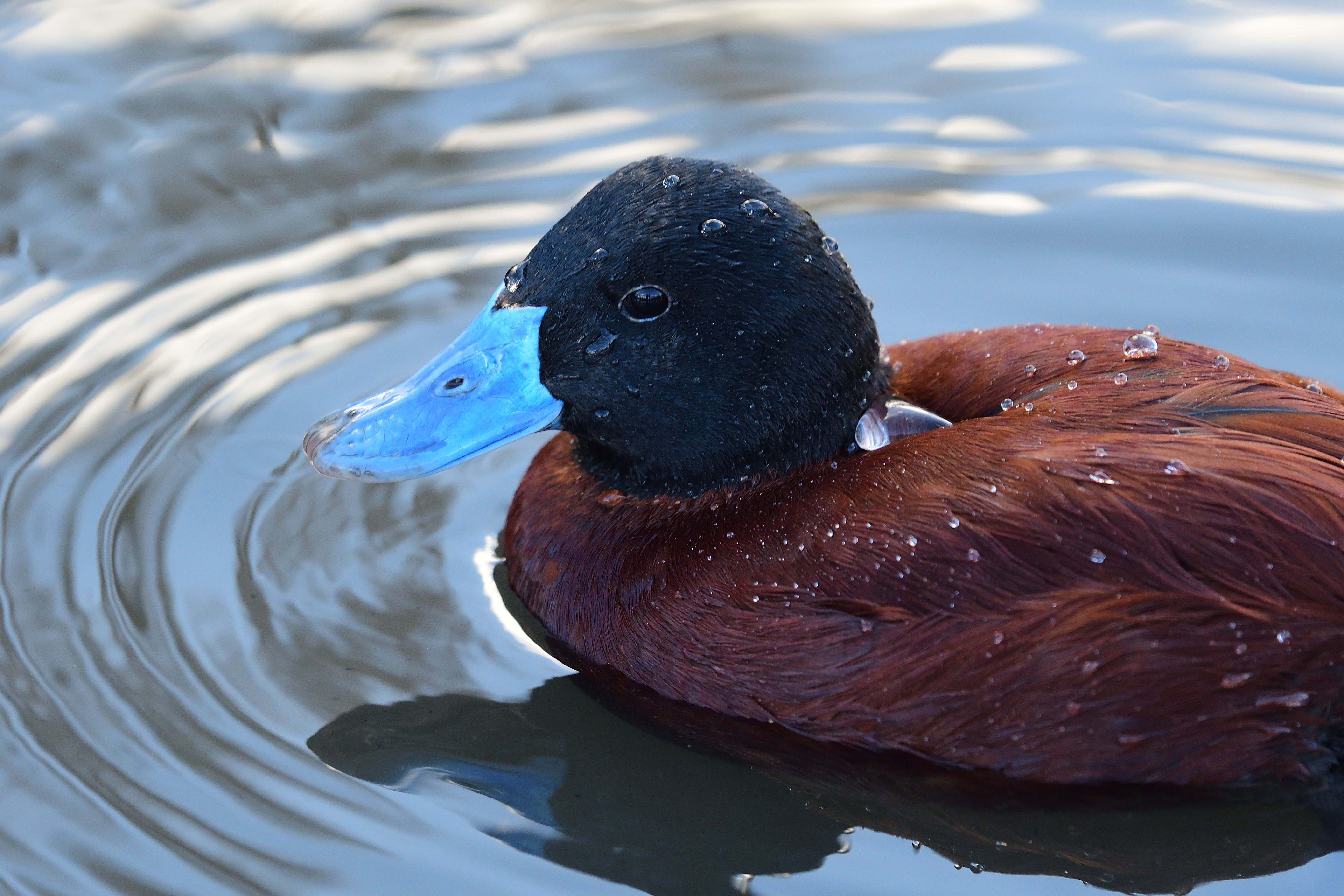
Someone is about to get screwed over!
Image credit: Tom Meaker / Shutterstock.com
ADVERTISEMENT GO AD FREE
An absolute classic in weird penis circles is the Argentine lake duke (Oxyura vittata). This delightful, sweet-looking waterfowl often gently swims across the surface of a calm and serene lake. Its bill is an electrifying blue that contrasts starkly with its majestic onyx head. It looks like a typical bird until you see its pale reproductive organ, which is reminiscent of the corkscrew that you might bring out on a hot summer day.
Boasting up to a generous 42.5 centimeters (16.5 inches) when unwound, the tip is soft with a brush-like structure that probably helps to remove sperm stored in the oviduct by any previous competitors.
This isn’t the only duck with a weird as hell corkscrew penis – it is just the largest. Other duck species, like Muscovy ducks also have this tentacle-like reproductive organ. The reason for the odd shape is that duck vaginas are corkscrew-shaped but in the opposite, clockwise direction than the male penis and this may help the females exclude force copulation.
Not one, not two, but four: Echidnas have a four-headed penis
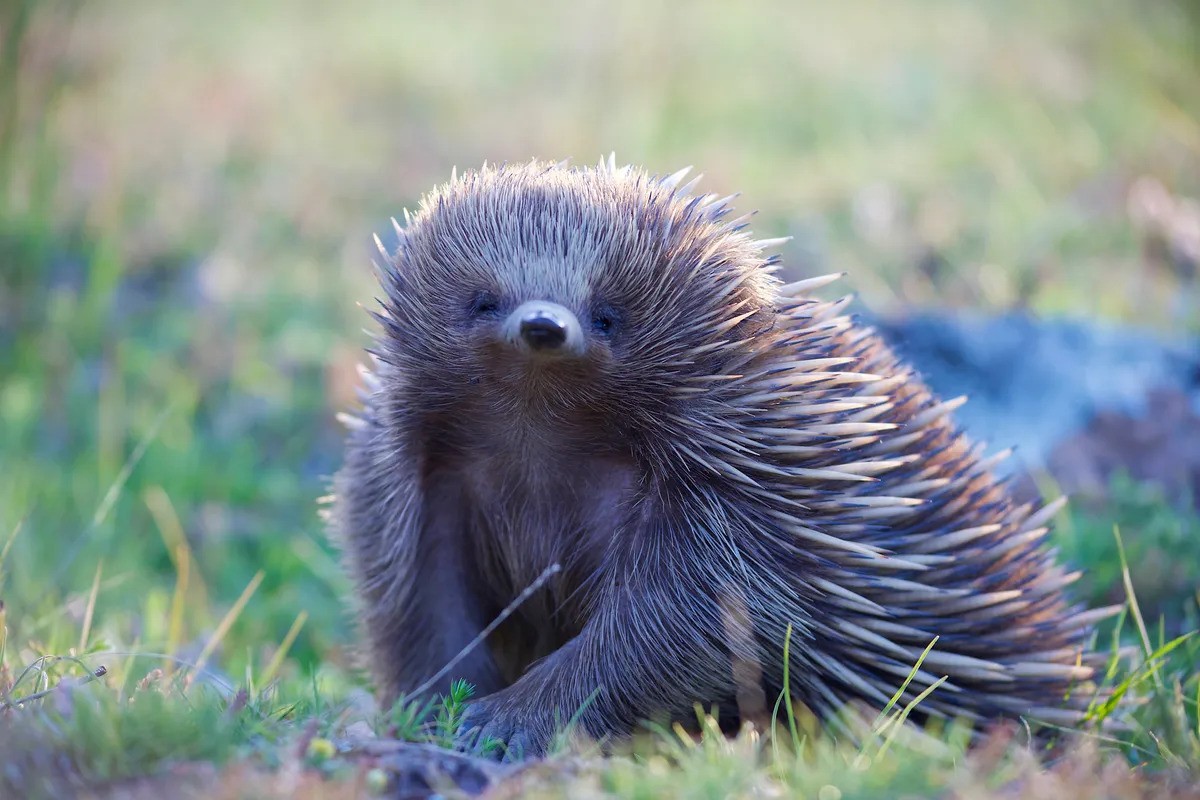
Four heads are better than one!
Image credit: Mari_May / Shutterstock.com
This is the cute, dapper-looking, gentle, egg-laying mammal: the short-beaked echidna (Tachyglossus aculeatus). They have swept-back spines that give the early 2000’s gel-spiked hair that human boys used to rock a run for its money. They are also known to blow snot bubbles in an adorably gross way to keep cool (also similar to human boys). Their penis, however, is not as adorable. It is reminiscent of a four-headed rotating shaver, with each of the four tips being bright, shiny, and red.
One paper described how scientists were able to create a 3D model of the whole echidna penis and its internal structures. In most mammals, there is often a single urethral tube, which is the road for the semen to travel to the penis tip. In echidna, it is a bit different. It originally starts as a single tube, but then towards the tip of the penis, it splits into two and then once more, which leads to four branches, like a little urethral tree.
Some echidnas have also been able to ejaculate 10 times without too much of a pause. Another weird thing is that their penis is not used for urination and only for sexual reproduction.
Record-breaking barnacle
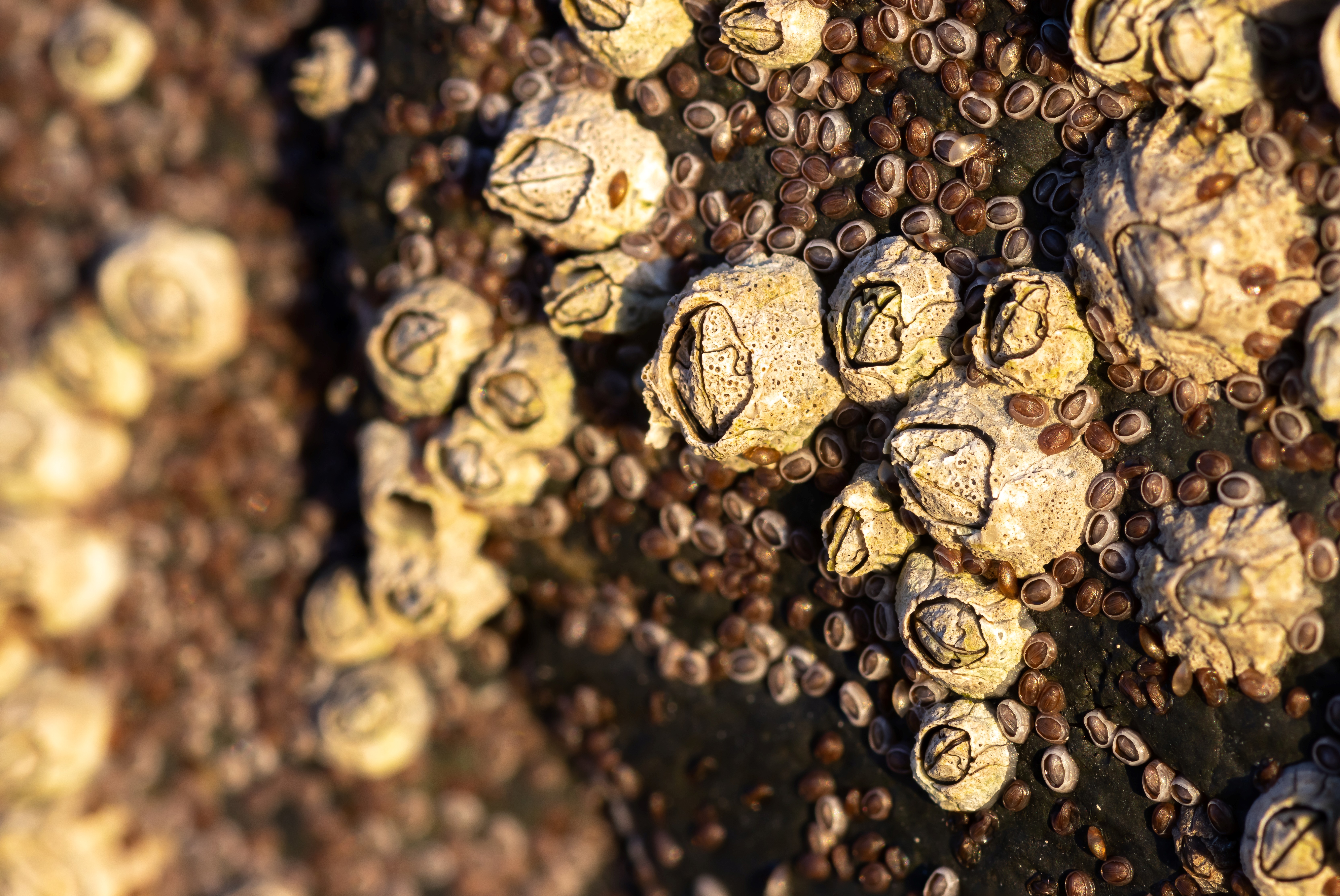
I heard barnacles are clingy lovers.
Image credit: Alexisaj / Shutterstock.com
If you explore the bottom of the seabed, you will see an array of life. However, these marine animals often come with an unwanted buddy – the barnacle. These are arthropods that look like ashy-colored volcanic shells with walnut-looking trap doors on the top. They cling to everything – from lobsters to rocks – all by using one of nature’s fastest and most powerful glues.
Now you must be wondering: “If the barnacle is glued onto a surface, how do they ever reproduce?”
Well, what happens behind the barnacle “door” has fascinated scientists. They have discovered that most barnacles are hermaphrodites (with male and female sex organs). To be fertilized, one barnacle will produce a retractable tube of 15 to 20 centimeters (6 to 8 inches), which is eight times the size of their body. It even has the Guinness world record for being the longest penis of any animal relative to its body.
The penis size all depends on where they have decided their home is. For the intertidal barnacle, the penis size of those in wave-exposed shorelines is chonkier (16 percent higher penis mass due to the larger penis base width) than those in the most protected bays.
Electric blue: Leopard slugs
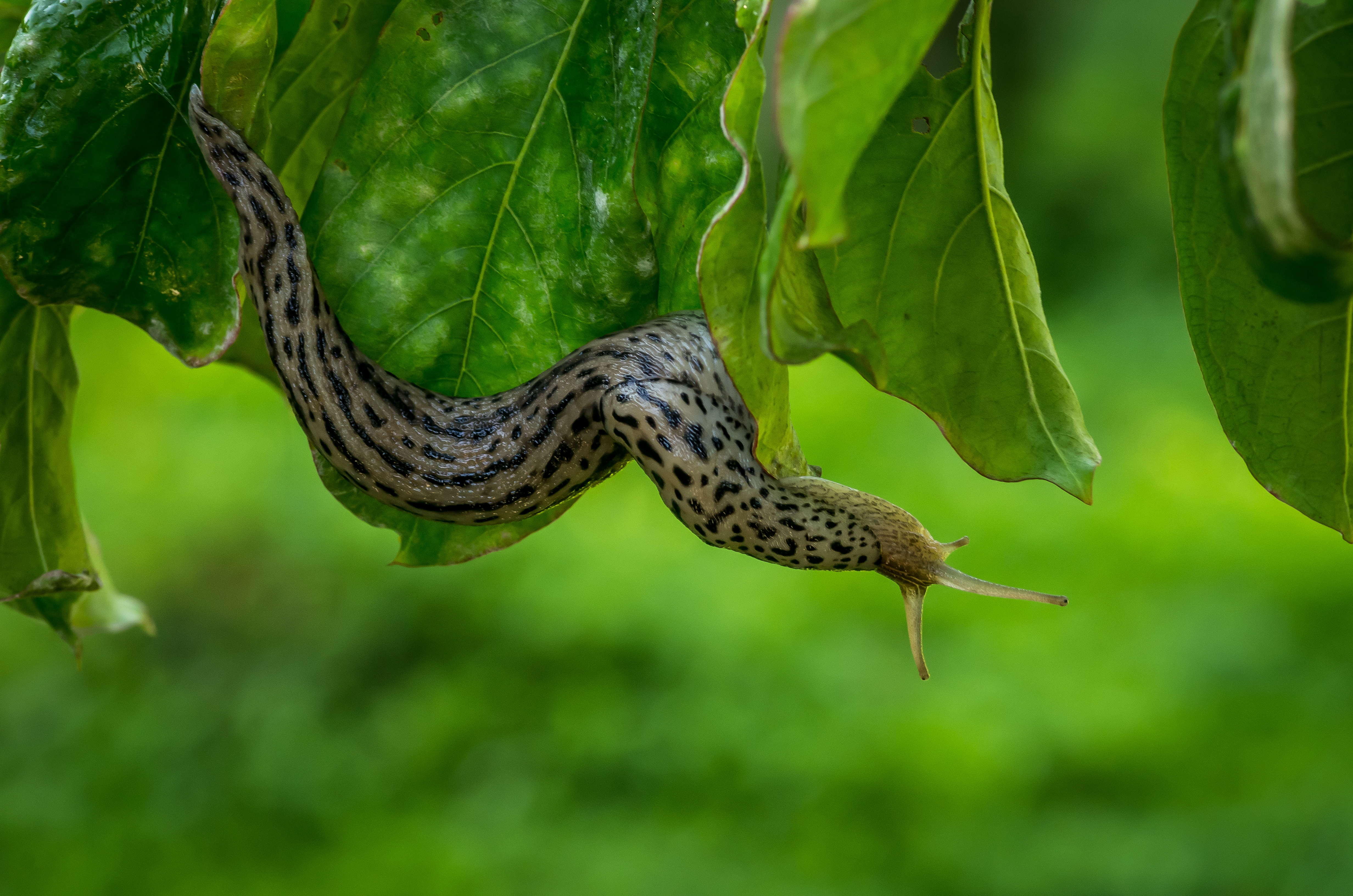
Shocking!
Image credit: Fotoz by David G / Shutterstock.com
Stepping out at night, you may come across a giant grey spotted slug. This is the leopard slug, whose Latin name Limax maximus directly translates into the “biggest slug”. It is a big boy slug that can be up to 20 centimeters (8 inches) in length. It can be found all around the world and is a plant pest.
Their sexy times are similar to a Cirque du Soleil show. These hermaphrodite slugs initially circle each other and then climb a tree or rock before lowering themselves on a mucus rope, while wrapping around each other always in a strict anti-clockwise fashion to make sure the genitals line up.
Then the magic happens. Each slug pushes out its over-sized penis from openings on the side of its head.
It is not the size or location of the penis that is so shocking, it is the bright blue color that their instruments possess. Once the sperm has been exchanged (this can be stored for months or years at a time) they crawl off each other. One slug will then eat the mucus rope before they go in a yummy post-coital snack.
ADVERTISEMENT GO AD FREE
For other species of slugs, it is similar vibes.
All the animals with barbs, hooks, and spikes
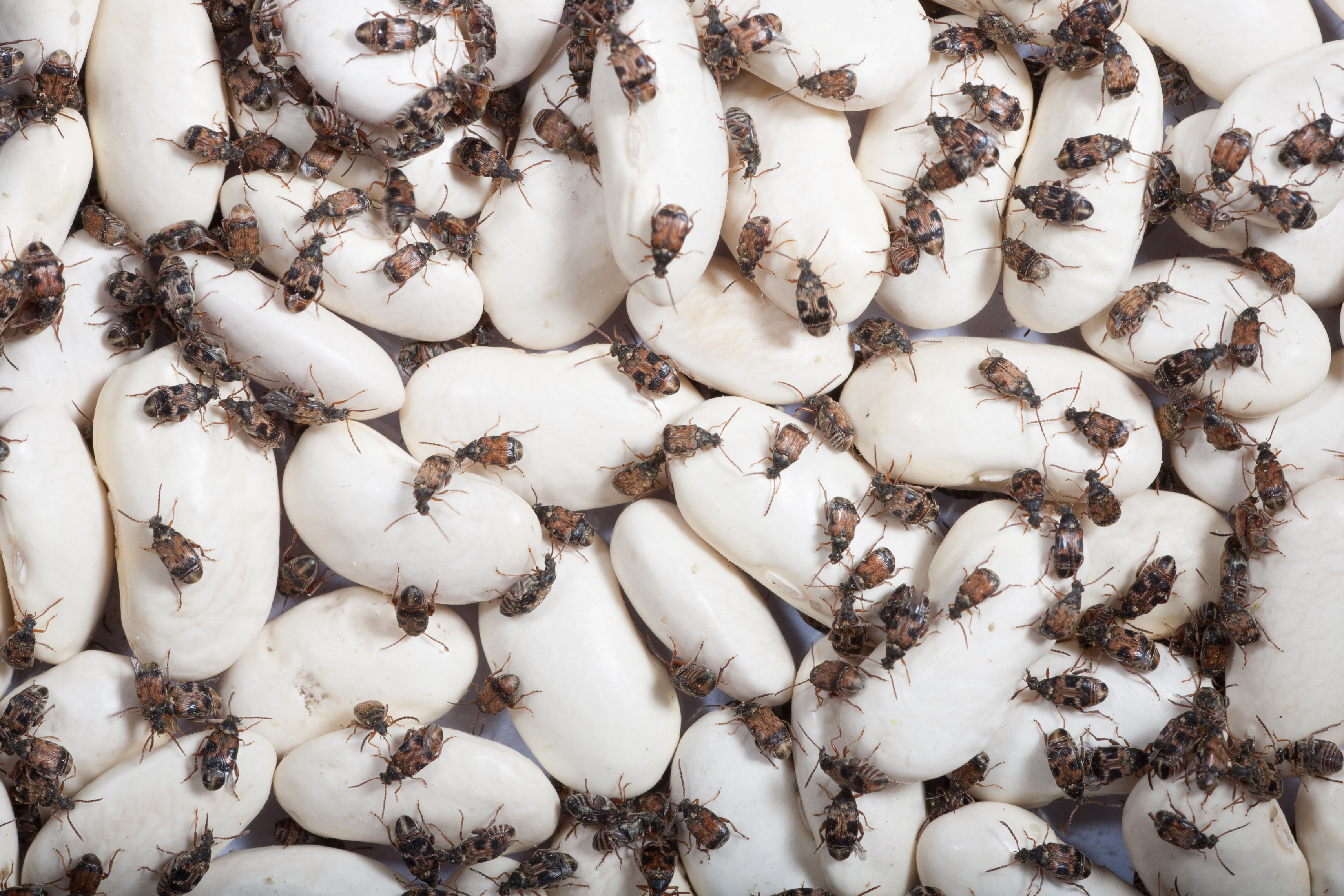
Stabby stabby beanie peenie.
Image credit: Holger Kirk / Shutterstock.com
There are many unique features of a male sexual organ that may make their counterpart wince. Firstly, our once thought wholesome and cute household cat. They may look like a furry ball of fluff as they snooze in front of a window on a warm sunny day, but they actually have something a bit more sinister hiding between their legs.
The tomcat’s penis is covered in something called spines, which are relatively large, pointed, and horny. It is thought that the spines can stimulate the female’s reproductive tract and can lead to ovulation.
ADVERTISEMENT GO AD FREE
Secondly, the bean weevil (Callosobruchus maculatus). This little insect often lives in people’s kitchens, and they are a surprise to anyone reaching for the bag of flour for their next bake as they love old jars full of dry goods like cereal or beans. Horrifically, they have spikes on their reproductive organ. The aim is for the penis to puncture the female’s reproductive tract. In turn, this helps the beetles to stay together and, therefore, increases the likelihood of the sperm being successful.
Another medieval torture sounding penis is that from a species of fish called the priapium fish (Phallostethus cuulong). They are typically small and no more than 3.5 centimeters (1.4 inches) in length with partially translucent bodies. They are found swimming along merrily in both fresh and brackish bodies of waters.
This species of fish have genitals on their chin. The genitals are a modification of the pectoral and pelvic fins (called the priapium). It has two attachments, one is a forward facing serrated saw and a rod. It is thought that the saw and rod grasp the female during mating and hold her still while the sperm is transferred.
Koalas, sharks, and snakes all have two

They give top koality hugs, though!
Image credit: Simon Maddock / Shutterstock.com
There are some marsupials that have two penises, including the cuddly and vulnerable koala. In most marsupial species, the penis is divided into two halves, and early research suggested that this was to help the semen pass into the double vagina.
ADVERTISEMENT GO AD FREE
Male sharks, skates, and rays also seem to have two penises known as claspers. These are located on the inner side of the pelvic fin. They help to deposit the sperm into the female’s cloaca – which is the uterus, intestine, and urinary tract opening. These claspers are not independent appendages, but deeply grooved cartilaginous extensions.
Snakes also have what is called hemipenises. These are Y-shaped and some alternate hemipensis use in successive mating.
Lastly, humans

Get your freak on!
Image credit: ViDI Studio / Shutterstock.com
Yes, you heard that right. We are weird in comparison to other primates. Our penises are often longer and wider than other great apes, especially when considering the length – a fully erect gorilla penis is 6 centimeters (2.5 inches) long. Along with this, our testicles are also proportionally small. A chimpanzee’s testicles weigh more than a third of its brain, while humans weigh less than 3 percent.
So there you have it – consider yourself enlightened.
Source Link: Behold The Weirdest Penises In The Animal Kingdom